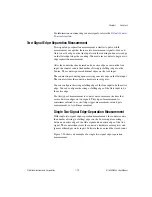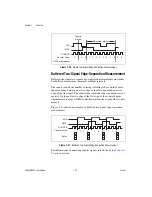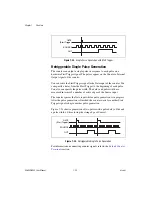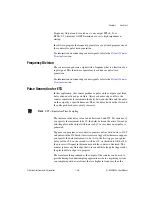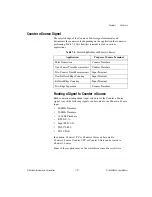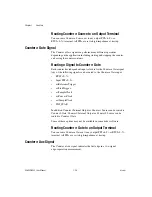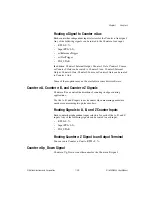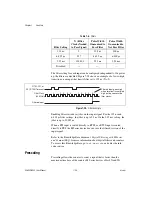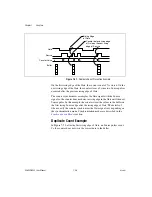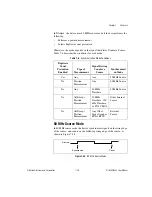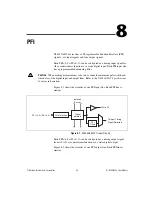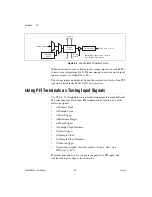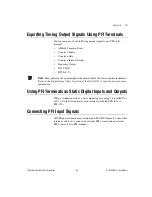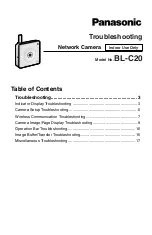
Chapter 7
Counters
7-32
ni.com
You can use these defaults or select other sources and destinations for the
counter/timer signals in NI-DAQmx. Refer to
Connecting Counter Signals
in the
NI-DAQmx Help
or the
LabVIEW 8.x Help
for more information on
how to connect your signals for common counter measurements and
generations. M Series default PFI lines for counter functions are listed in
Physical Channels
in the
NI-DAQmx Help
or the
LabVIEW 8.x Help
.
Counter Triggering
Counters support three different triggering actions—arm start, start, and
pause.
Arm Start Trigger
To begin any counter input or output function, you must first enable, or arm,
the counter. Software can arm a counter or configure counters to be armed
on a hardware signal. Software calls this hardware signal the Arm Start
Trigger. Internally, software routes the Arm Start Trigger to the Counter
n
HW Arm input of the counter.
For counter output operations, you can use it in addition to the start and
pause triggers. For counter input operations, you can use the arm start
trigger to have start trigger-like behavior. The arm start trigger can be used
for synchronizing multiple counter input and output tasks.
Start Trigger
For counter output operations, a start trigger can be configured to begin a
finite or continuous pulse generation. When a continuous generation has
triggered, the pulses continue to generate until you stop the operation in
software. For finite generations, the specified number of pulses is generated
and the generation stops unless you use the retriggerable attribute. When
you use this attribute, subsequent start triggers cause the generation to
restart.
When using a start trigger, the start trigger source is routed to the Counter
n
Gate signal input of the counter.
Counter input operations can use the arm start trigger to have start
trigger-like behavior.


